
A new development which overcomes the constraints of insufficient local power by providing a fully managed, self-contained, grid-free EV charging solution that has the option of running on multiple low-carbon fuels, was explained in full at the Forecourt Trader Summit 2023.
Explaining the need for such technology, James Whale, head of strategy at VE Power, said that one of the big challenges that all forecourts face is the amount of available power they can physically get on their site from their local network.
“This isn’t a grid problem, in terms of the national grid, there’s plenty of power there,” he said, “But locally, where the power gets through the network and then down to individual site can be more challenging.”
He said he believed EV charging manufacturers have done a great job in balancing the available power. “If you’ve got 200kW spare capacity available, you put four charging points there, all of which could charge at 200kW. The first vehicle turns up and it can charge at 200. The problem comes when the second vehicle arrives, and the heads actually have to balance out the available power and can only charge at 100kW each. Once you’ve got all four potential vehicles charging, it’s down to 50kW each.”
Whale said the big issue was that it therefore takes four times longer to charge each individual vehicle. He said customers get frustrated because it’s taking them much longer to charge than they had anticipated plus there are other vehicles queuing to get onto the charger.
There are many solutions out there to potentially fix this, he said, and one of them is to upgrade your network connection to your site – but that can be incredibly costly.
“I saw recently that Highways England have come up with a really innovative solution and that they’re putting 40-foot containers in places with batteries inside. The batteries charge up and then they’ll actually provide the additional power for the charging heads.
“I’m a bit of a maths geek at heart, I love technology, so I started looking at the numbers. And the challenge that I saw was that if you’re using the charging heads most of the time at the rate of capacity, then you’ll flatten the battery. The idea is that overnight, when they’re not being used, they’ll top up again and be fine the next day. But they’re actually flat inside three hours, so therefore, I’m not sure they’re a long-term solution.”
Whale said there were two solutions: either suck it up and wait for the grid connection to actually get in place or generate your own power at your site.
He added that range anxiety had meant that the sizes of the batteries are getting bigger and therefore take longer to charge.
But people want to charge them quickly: they want to get in, they want to get out; they want it to be quick. They don’t want to be plugged in waiting there for six hours, they’re quite happy to pay a premium for much faster charging.
He then introduced the VEPod, a fully contained solution that generates its own electricity.
“It is able to charge vehicles using low-carbon fuels. In this particular model, we’re using hvM. We have got prototypes already designed and ready to go with hydrogen-powered solutions, but in our view, the market isn’t quite there yet with hydrogen as the cost of production is too high, which would have to be passed on to the consumer.”
He said the VEPod was fairly quick and easy to deploy and there aren’t any lengthy civil works.
“As an example, we just moved this first production unit to the MK Dons stadium for a particular event and it was charging vehicles within 10 minutes of actually arriving on site.
“It’s also highly customisable. Some people are saying to us already that they want a solution that has megawatt-worth of generated power and eight Ultra Rapid chargers, so that’s a much larger footprint. Other people are saying that just want a very small container. They’ve got limited space and they just want a couple of Ultra Rapid charging heads that they’re able to put down quickly so they can start offering an EV charging service immediately.”
He said the VEPods had gone through some pretty rigorous testing with lots of different vehicle types, load banks, etc. “To make sure this is robust, and coming from a fuels background, we’ve also done a tremendous amount of work to actually ensure that a deployment within the appropriate zoned area of a service station would be acceptable.”





















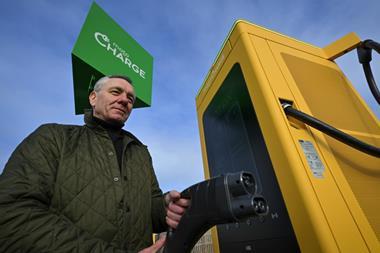
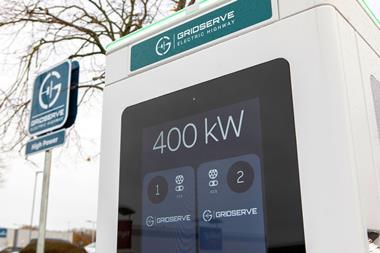
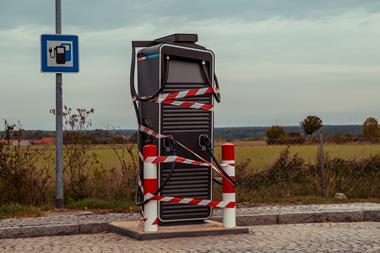

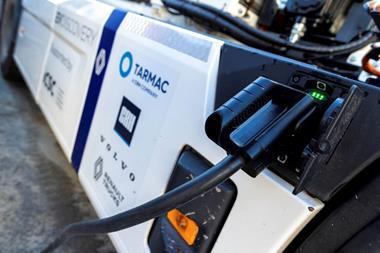
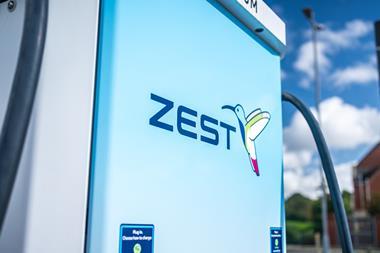

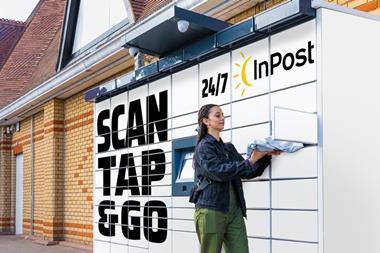
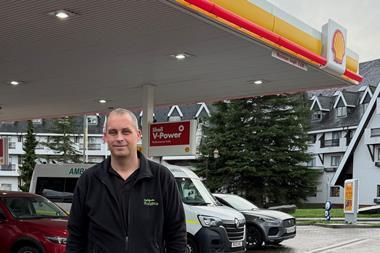



No comments yet